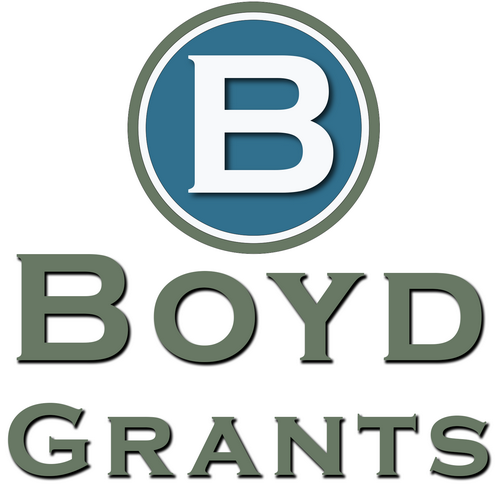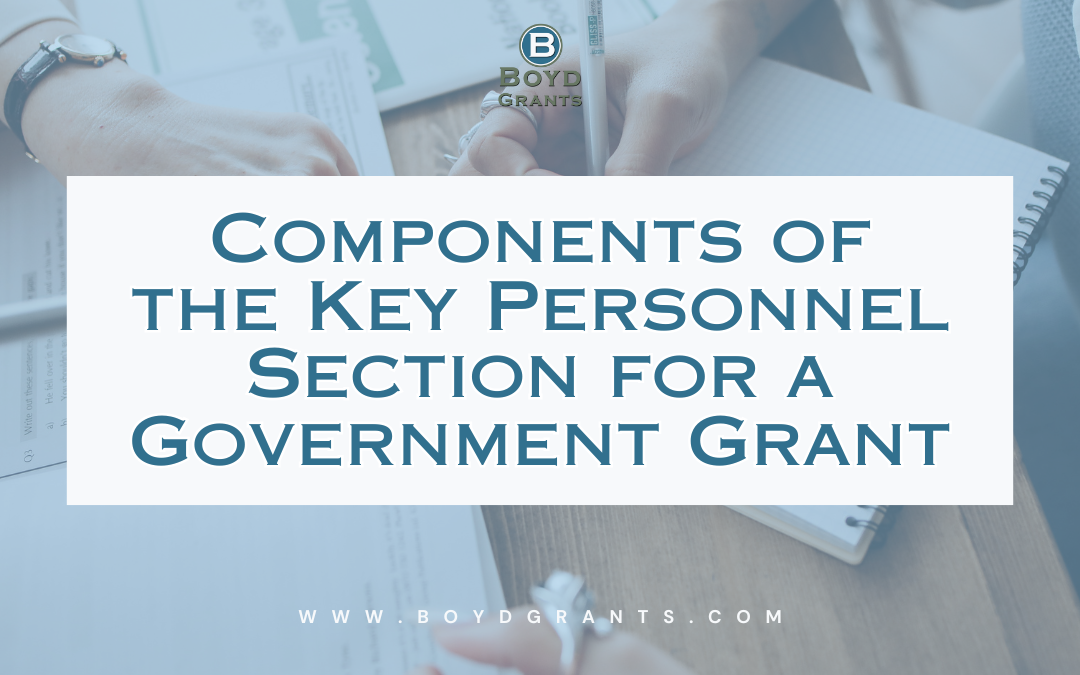A well-crafted Key Personnel Section is vital to demonstrating the team’s capacity to execute the proposed project effectively. It provides grant reviewers with detailed insights into the individuals responsible for various aspects of the project, highlighting their expertise, roles, and relevance to the grant objectives. Here’s an in-depth explanation of the key components:
1. Project Director/Principal Investigator (PI)
The Project Director or Principal Investigator (PI) is the cornerstone of the project team and the individual primarily responsible for the successful execution of the project.
- Role and Responsibilities: The PI oversees all aspects of the project, from strategic planning and implementation to compliance and reporting. They act as the primary liaison between the project team and the funding agency.
- Key Qualities:
- Leadership skills to guide the team and manage resources effectively.
- Expertise directly aligned with the project’s focus area.
- Strong track record of managing similar grants or projects.
- Example Description: “Dr. Jane Smith, the Principal Investigator, is a seasoned public health researcher with over 15 years of experience in community health initiatives. She has successfully managed three federally funded projects, including a $2M CDC grant, achieving measurable outcomes in rural healthcare access.”
2. Co-Investigators or Collaborators
Co-Investigators and Collaborators provide specialized expertise and contribute to specific components of the project. Their involvement often reflects the interdisciplinary or collaborative nature of the project.
- Role and Responsibilities:
- Co-Investigators typically share responsibility for key tasks, such as research, program design, or data analysis.
- Collaborators may represent external organizations, contributing expertise or resources that enhance the project’s impact.
- Key Qualities:
- Deep expertise in their respective fields.
- Proven ability to contribute to team-based projects.
- Relevant credentials, such as academic degrees, certifications, or publications.
- Example Description: “Dr. John Doe, a Co-Investigator, is a data scientist specializing in predictive analytics. His role includes developing data models to evaluate program outcomes, leveraging his expertise in statistical programming and visualization.”
3. Project Manager or Administrative Staff
Administrative roles, such as a Project Manager or Grants Administrator, ensure the smooth operation of the project. These individuals are critical to meeting deadlines, managing budgets, and ensuring compliance with funding requirements.
- Role and Responsibilities:
- Coordinate day-to-day project activities.
- Manage timelines, deliverables, and team communications.
- Oversee financial reporting and compliance documentation.
- Key Qualities:
- Exceptional organizational skills.
- Experience managing projects of similar scale and complexity.
- Knowledge of grant compliance and reporting requirements.
- Example Description: “Ms. Sarah Lee, Project Manager, has 10 years of experience in federal grant administration. She will manage project timelines, oversee the $500,000 budget, and ensure all reports are submitted in compliance with agency requirements.”
4. Consultants or Advisors
Consultants and Advisors bring specialized, external expertise to the project. They are often engaged to address gaps in the team’s capabilities or provide unique perspectives that enhance the project’s design or implementation.
- Role and Responsibilities:
- Offer guidance or expertise in niche areas.
- Conduct specialized tasks, such as training, evaluation, or technical assessments.
- Strengthen the credibility and scope of the project through their involvement.
- Key Qualities:
- Recognized experts in their field.
- Relevant certifications, degrees, or professional experience.
- Demonstrated success in similar consulting or advisory roles.
- Example Description: “Dr. Emily Carter, an external consultant with 20 years of experience in environmental policy, will advise on regulatory compliance and provide training for project staff on sustainable practices.”
Key Tips for Writing Each Section
- Be Specific: Clearly outline each individual’s role, responsibilities, and how their expertise contributes to the project’s success.
- Tailor Content: Highlight qualifications and experience most relevant to the grant’s goals and priorities.
- Use Metrics: Include quantifiable achievements, such as the number of projects managed, funding amounts, or outcomes achieved.
- Show Collaboration: Emphasize how team members’ roles interconnect to create a cohesive and effective project team.
By addressing these components comprehensively, the Key Personnel Section becomes a compelling part of the grant application, demonstrating that the team has the expertise, structure, and capacity to achieve the project’s objectives.


Recent Comments